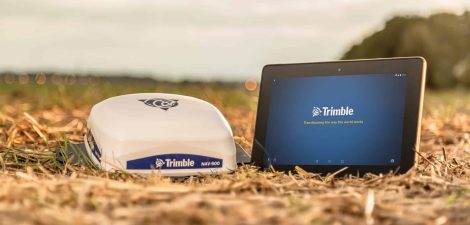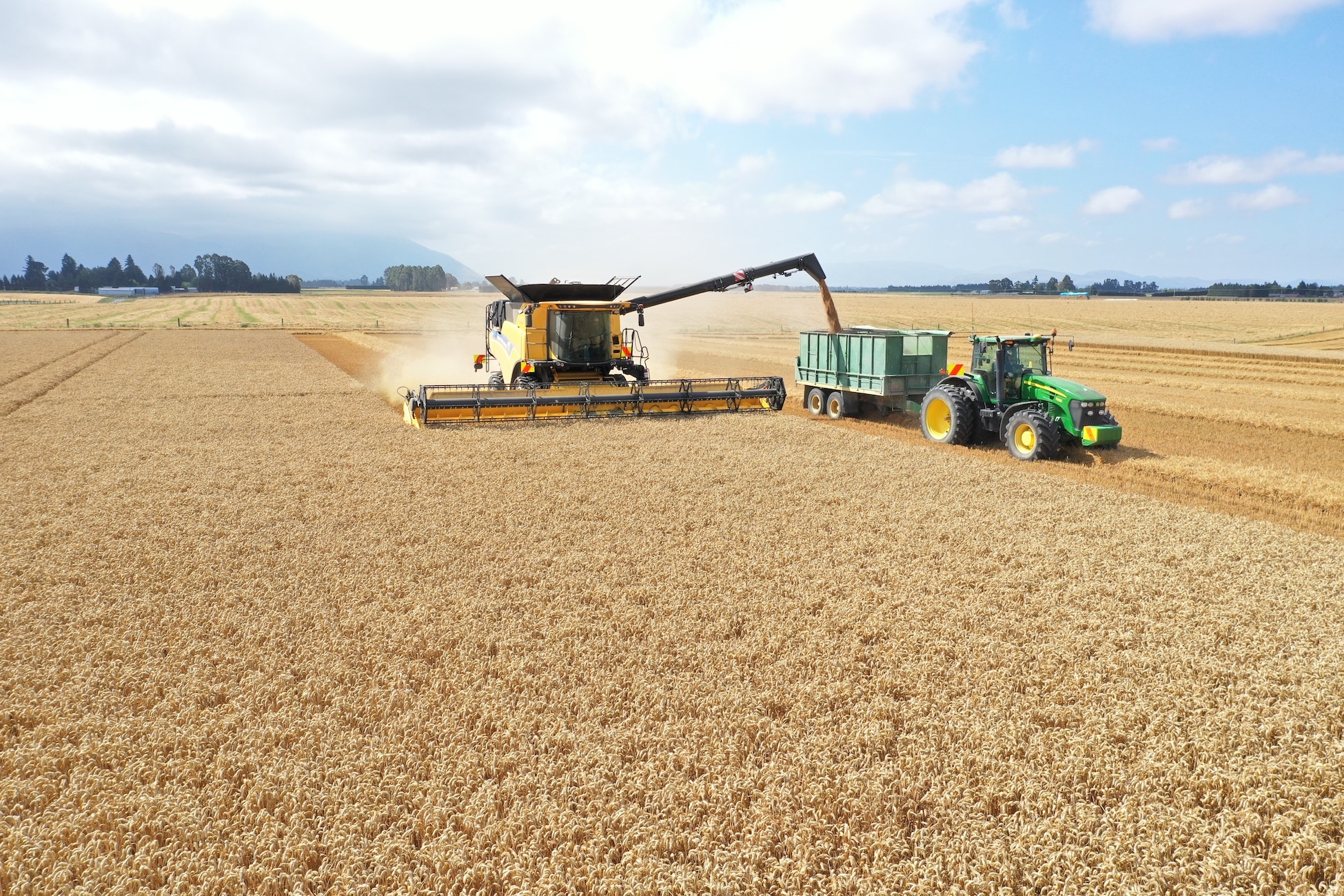Do you have yield mapping capabilities? Are you storing your data in a secure location? If your combine harvester is capable of yield mapping, do you use it? Yield map data is a powerful tool for making decisions on your farm. It is a record of how your crops reacted and performed under that season’s constraints. Constraints and variation may be apparent in your crops nutrient levels or application methods, or available water in the profile at critical times in the plant’s life cycle, and in most cases a combination of all the above, and more! The final result is that often yield varies more than we care to admit and we quickly remember the good parts of a paddock and forget the poor parts.
Your yield data is a map of how well the crop has performed under that season’s conditions and how much variability there is in the soil profile and nutrient levels within a paddock. It provides us with a ‘warts and all’ view of paddock performance so that we can then further dissect what’s worked well and what hasn’t and make a plan for the coming years, all based around dollars and cents. Many arable farmers have paid for the technology but don’t harness the power of the information that it provides. Vantage NZ is here to help with this.
One thing that isn’t stressed enough to growers with yield monitors is that they should capture the data regardless of whether they can use it at present or not. Asultiple years’ worth of data is far more useful than one year of data. The more years’ worth of data you have lessens the influence of a single seasons weather pattern or any out of the ordinary extremes. For example, in a wet year, the lighter freer draining soils may be preferable for a higher yield and vice versa in a dry season. This process of compiling several years of data is called normalisation. Data is put into a relative scale and is compared across the years or types of seasons as required. Once data is normalised, then we can identify common zones or production areas. These zones can be marked for future management decisions.
Processing or “cleaning” the data is the key to successfully utilising the captured data. Raw yield points have a large number of errors and “noise” that can significantly impact the results. With these noisy bits removed and tidied up the data becomes more representative of the paddock. Some of the factors that impact on the data accuracy are cut width, flow delay and travel distance errors.
Yield data can also be useful for identifying problems during the actual harvest of the crop. In one example, a grower saw the results of him harvesting grass seed in the hottest part of the day. He was able to spot the mistake as recorded yield dropped in the swaths that he completed in the hottest temperatures. Ultimately the yield information informed him that the decision to continue harvesting in the heat had cost him.
Making useful yield maps – the essential information
- ‘Rubbish in equals rubbish out’ – you only get one opportunity to collect this data so ‘do it once and do it right.’
- Start the season with an empty data card – save a copy of all previous data to your computer and external hard drive then ‘clean’ the card. If you need help, please call your local precision ag expert to help
- Naming – use the same naming for the same paddock each year as this makes finding your data easier at the end of the season
- Check the flow and moisture sensors – if these are not working properly then everything that follows may be a waste of time
- Calibration – at the start of harvesting each grain type calibrate the flow sensor
- Operation setup – make sure the cutter bar width is correct, and the flow delay is as accurate as possible
- Card check and backup – confirm data is being logged by importing it into your mapping software or sending it to your local precision ag expert once you start for the season, not at the end of this season! Backup the data as a raw format throughout the harvest season also.
- If you collect the data as accurately as possible in the first place, then post-processing of the data to make it a useful resource is much simpler takes less time and costs less!
Yield data is the final measure of a season’s work. Yield data allows for insights into different management practices and the old adage “what gets measured gets managed” comes to mind.
Have a good harvest!
JM
Article published in: Canterbury Farming, December 2020



